Unit 3 - AP World History
5.0(1)
Card Sorting
1/39
Earn XP
Description and Tags
Study Analytics
Name | Mastery | Learn | Test | Matching | Spaced |
|---|
No study sessions yet.
40 Terms
1
New cards
Gutenberg Printing Press
moveable types whose invention followed by an increase in literacy
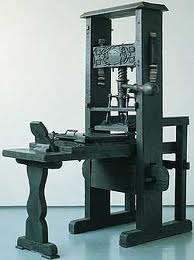
2
New cards
Ottoman
largest and most enduring
Region: modern day Turkey, Europe, North Africa, Southeast Asia
Religion: Sunni Islam
Rulers: Mehmed II, Suleiman I
Government: sultans
Region: modern day Turkey, Europe, North Africa, Southeast Asia
Religion: Sunni Islam
Rulers: Mehmed II, Suleiman I
Government: sultans
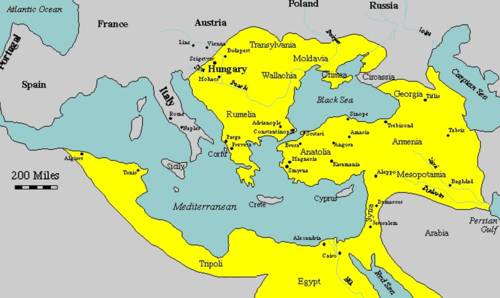
3
New cards
Istanbul
Capital of the Ottoman Empire; named this after 1453 and the sack of Constantinople.
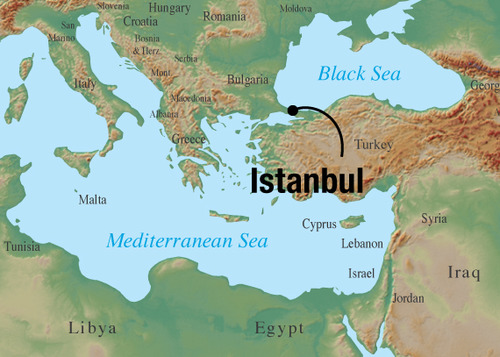
4
New cards
Suleiman
Ottoman reached it's peak
armies overran Hungary in 1526, and at gates of Vienna in 1529
armies overran Hungary in 1526, and at gates of Vienna in 1529
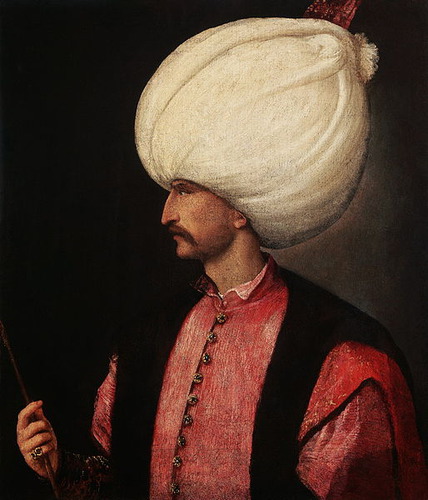
5
New cards
devshirme
selection system used by Ottoman sultans to staff their military and government and ensure control over large areas.

6
New cards
Janissaries
most famous group of Christian boys, formed elite forces in the Ottoman army

7
New cards
Sunni
Ottoman Empire's religious (stronghold)

8
New cards
Sultans
Ottoman rulers
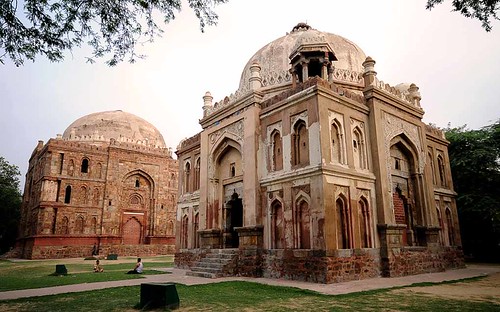
9
New cards
Safavid
Religion: Shi'a Islam
Region: Persia/Iran, Iraq
Rulers: Shah Ismail, Shah Abbas
Government: shah
Region: Persia/Iran, Iraq
Rulers: Shah Ismail, Shah Abbas
Government: shah
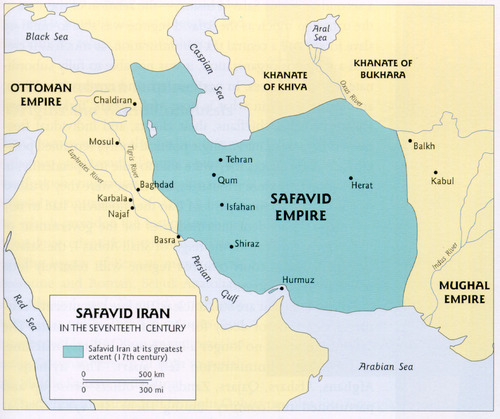
10
New cards
Shah Ismail
early Safavid military hero, conquered most of Persia and pushed into Iraq
only 14 or 15 years old, conquered all of Iran and became shah in 1501
only 14 or 15 years old, conquered all of Iran and became shah in 1501

11
New cards
Shi'a
used by Shah Ismail as a unifying force to build a power base to support his rule and deny legitimacy to Sunni
caused conflicts with the Ottoman Empire
caused conflicts with the Ottoman Empire
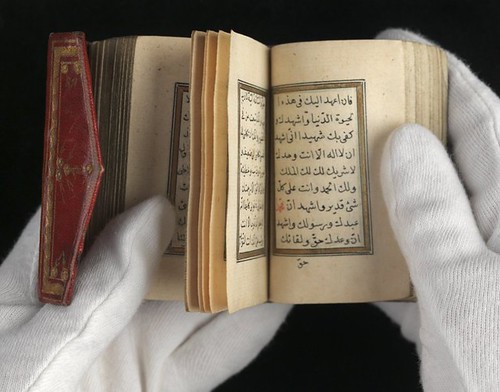
12
New cards
Mughal
under Akbar: one of the richest and best governed states in the world. Good overseas trade during peaceful period, religiously tolerant
Traded: textiles, tropical foods, spices, precious stones
region: India
religion: Hinduism, Sikhism, religiously tolerant
Founder: Babur
Rulers: Akbar, Aurangzeb
Traded: textiles, tropical foods, spices, precious stones
region: India
religion: Hinduism, Sikhism, religiously tolerant
Founder: Babur
Rulers: Akbar, Aurangzeb
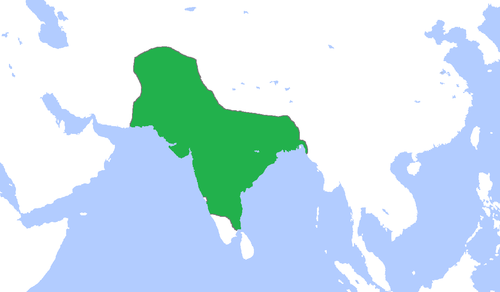
13
New cards
Babur
descendant of Tamerlane
founded 300 year dynasty when India was in disarray
conquests in northern India and formed central gov similar to Suleiman in Turkey
grandfather to Akbar
founded 300 year dynasty when India was in disarray
conquests in northern India and formed central gov similar to Suleiman in Turkey
grandfather to Akbar
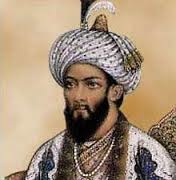
14
New cards
Akbar
Babur's grandson
achieved grand religious and political goals for Mughal
achieved grand religious and political goals for Mughal
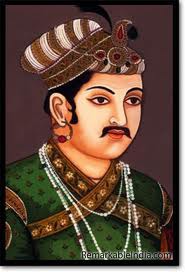
15
New cards
Hindu
used Castes in Mughal India
tolerated under Akbar
tolerated under Akbar
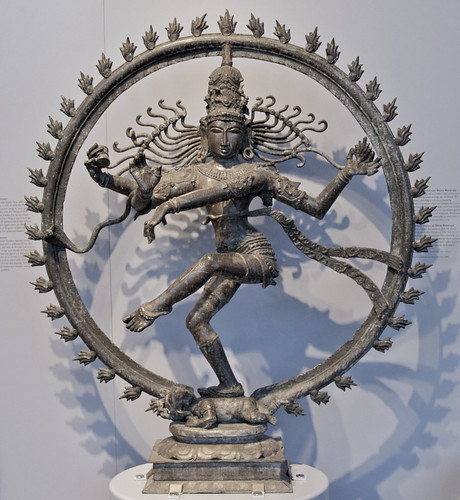
16
New cards
Taj-Mahal
one of Mughal India's magnificent architectural accomplishments
built by Shah Jahan as a tomb for his wife
built by Shah Jahan as a tomb for his wife
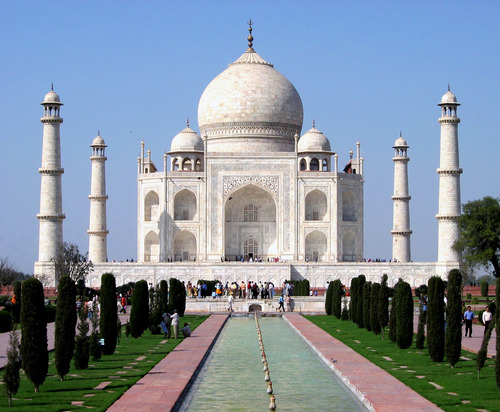
17
New cards
Sikhism
provided land grants by Akbar even though a relatively new religion developed from Hinduism and influences by Islamic mysticism (surfism)
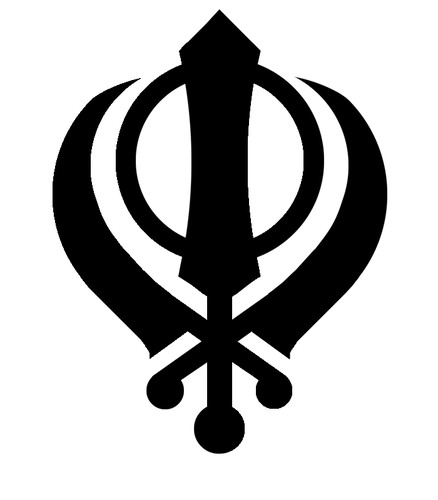
18
New cards
Russia
Rulers: Ivan IV, Peter the Great
taken control of by the Romanov Dynasty after Ivan's death
three mains groups had conflicts: The Church, the boyars, and the tsar's royal family
taken control of by the Romanov Dynasty after Ivan's death
three mains groups had conflicts: The Church, the boyars, and the tsar's royal family
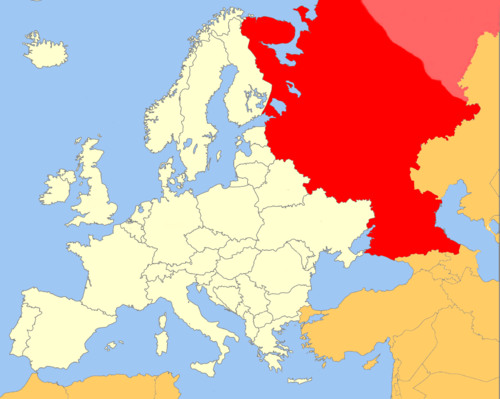
19
New cards
Serfdom
what peasants were in as a result of sinking more and more in debt.
Serfs were peasants who received a plot of land and protection from a noble.
Serfs were peasants who received a plot of land and protection from a noble.
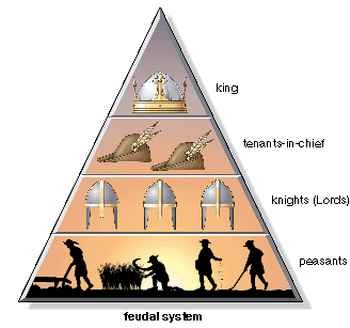
20
New cards
Divine Right of Kings
believed in by England's King James, common claim from Middle Ages that the right to rule was given to a king by God

21
New cards
Absolute Monarchy
directed by one source of power, one king with complete authority
22
New cards
tax farmers
what intendents were sometimes called, oversaw collection of various taxes in support of royal governments
23
New cards
Palace of Versailles
where King Louis kept nobles close to him, making it difficult for them to act independently or plot against him
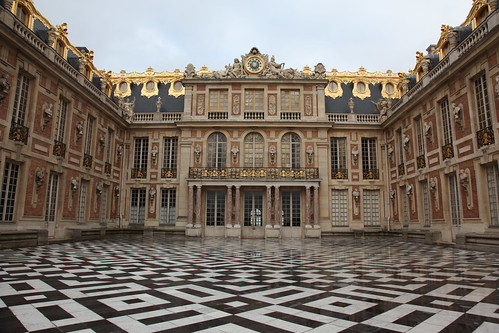
24
New cards
East Asia
Ming Dynasty followed after Yuan Dynasty, wanting to erase influence from Mongol leaders
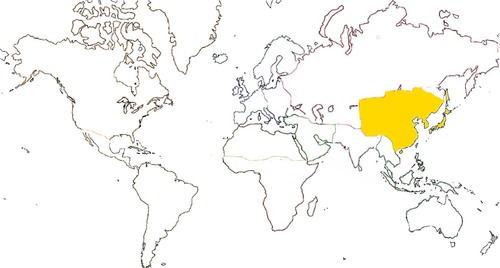
25
New cards
Ming
overthrew China's Yuan Dynasty founded by Mongol invader
rulers managed to stabilize East Asian region for 300 years
Portuguese and Europeans arrived during this era
rulers managed to stabilize East Asian region for 300 years
Portuguese and Europeans arrived during this era
26
New cards
Manchu
in 1644, seized power from Manchuria and established Qing Dynasty
27
New cards
Kangxi
one of China's longest-reigning emperors, stability and expansion during Qing Dynasty
sent forces into Taiwan, Mongolia and Central Asia
sent forces into Taiwan, Mongolia and Central Asia
28
New cards
Samurai
each army of warriors in daimyo
29
New cards
Protestant Reformation
various reform efforts by Lutherans and Calvinists in the Holy Roman Empire
30
New cards
Renaissance
period characterized by revival of interest in classical Greek and Roman literature, art, culture, and civic virtue
included gutenberg printing press and interest in humanism
included gutenberg printing press and interest in humanism
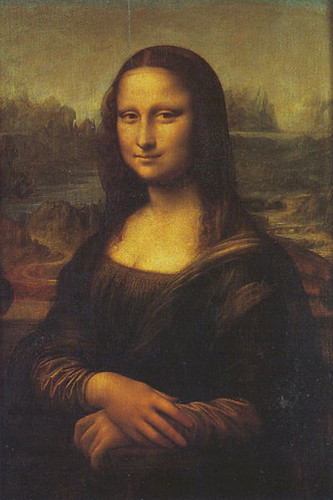
31
New cards
Civil Service Exam
brought back by Ming
improved education by establishing a national school system
improved education by establishing a national school system
32
New cards
Zheng He
Chinese sailor and explorer who traveled the Indian Ocean for the early Ming Dynasty
33
New cards
Junks
Ships of Zheng He
34
New cards
Divine Right
Belief that a rulers authority comes directly from god.
35
New cards
Chimampas
floating gardens used for farming
36
New cards
Tenochilitan
Aztec capital city
37
New cards
Terrace Farming
a farming system that is in the form of steps going up a mountain
38
New cards
Mita
Tax on labor where you had to work for the government on infrastructure projects
39
New cards
human sacrifice
Killing of humans for a purpose like worshiping a god, practiced widely by the Aztecs and a little by the Maya
40
New cards
Great Wall
Refortified under the Ming Dynasty